The planet we call home, Earth, is a testament to the incredible wonders of the universe. Throughout its existence, it has undergone countless transformations, shaping the landscapes and life forms that we see today. But just how old is our magnificent planet?
Unraveling the mysteries of Earth’s age has been a fascinating journey for scientists, involving a combination of ingenious methods and a deep understanding of geological processes. In this article, we will embark on a captivating exploration of Earth’s timeline, revealing the awe-inspiring age of our world.
Table of Contents:
Tracing Earth’s Origins
To understand the age of Earth, scientists turned to the study of rocks and minerals, which serve as archives of our planet’s history. The journey begins with the formation of our solar system approximately 4.6 billion years ago. According to the prevailing scientific theory, a vast cloud of gas and dust called the solar nebula collapsed under its own gravity, forming a rotating disk. Within this disk, particles clumped together to form the planets, including our own.
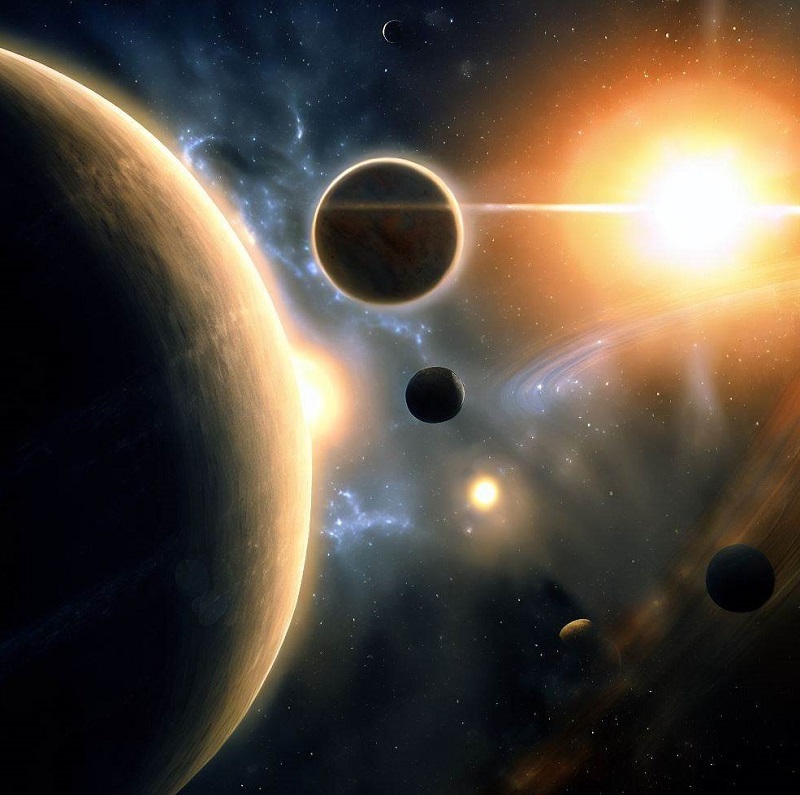
The Oldest Rocks on Earth
Determining Earth’s age necessitated the identification of the oldest rocks on our planet. These rocks, found in various locations around the globe, provide invaluable clues about Earth’s early history. The oldest known terrestrial rocks, discovered in Western Greenland and Western Australia, date back approximately 3.8 to 4.0 billion years. These ancient rocks allow scientists to establish a minimum age for Earth’s formation.
The Quest for Earth’s Age
Determining the age of Earth has been an ongoing scientific pursuit, with early estimates and hypotheses varying greatly. However, the development of radiometric dating in the 20th century provided a breakthrough in understanding our planet’s chronology. Radiometric dating relies on the decay of radioactive isotopes in rocks and minerals to estimate their age accurately. By measuring the ratios of parent and daughter isotopes, scientists can calculate the time that has passed since the rock formed.
The Radiometric Dating Revolution
One of the most widely used radiometric dating methods is uranium-lead dating, which analyzes the decay of uranium isotopes into lead isotopes. Using this technique, scientists have determined that the age of the Earth is approximately 4.54 billion years. This remarkable age was first calculated by Clair Cameron Patterson in the late 1940s and has since been refined through further research.
Additional radiometric dating methods, such as potassium-argon and rubidium-strontium dating, have further supported this estimate. These methods have allowed scientists to date rocks, minerals, and even meteorites, providing crucial insights into the early history of Earth and the solar system.

The Age of the Oldest Minerals
Zircon crystals, commonly found in igneous rocks, have played a pivotal role in calculating Earth’s age. These resilient crystals can survive billions of years and provide insights into the planet’s early history. By analyzing the uranium-lead isotopic system in zircon crystals, scientists have identified grains that date back approximately 4.4 billion years, pushing back the estimated age of Earth’s crust.
Moon Rocks and Cosmic Collisions
Intriguingly, lunar samples brought back from the Apollo missions shed light not only on the moon’s formation but also on the age of Earth. The moon is believed to have formed from debris resulting from a colossal impact between a Mars-sized body, named Theia, and the early Earth. By studying moon rocks, scientists have determined that this event occurred around 4.5 billion years ago, providing a crucial reference point for Earth’s age.
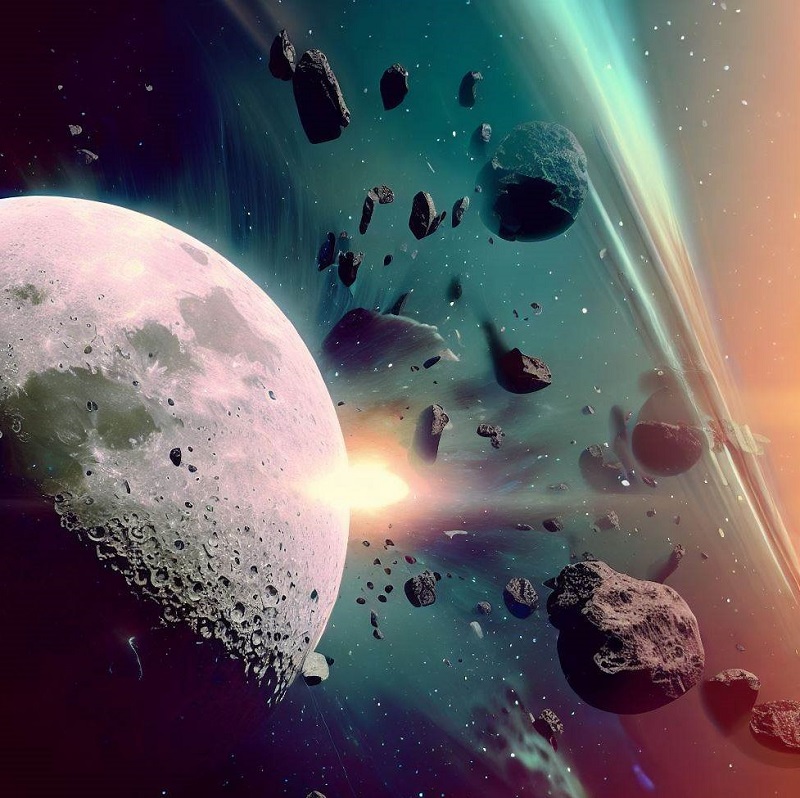
Unraveling Earth’s Early Formation
The estimated age of 4.54 billion years gives us a glimpse into Earth’s primordial days. It suggests that our planet formed shortly after the birth of the solar system, which is believed to have originated from a swirling cloud of gas and dust known as the solar nebula. Over millions of years, gravity caused this nebula to collapse, leading to the formation of the Sun at its center and the surrounding protoplanetary disk from which Earth emerged.
During its early stages, Earth experienced intense heat and frequent collisions with other celestial bodies. These collisions contributed to the growth of our planet and the formation of its moon. As Earth began to cool, the crust solidified, and the first oceans began to form.

Conclusion
The journey to determine the age of Earth has been an incredible scientific achievement, shedding light on our planet’s vast history and deepening our understanding of the universe. Through radiometric dating techniques, scientists have estimated Earth’s age to be approximately 4.54 billion years, providing a framework for comprehending the geological, biological, and environmental changes that have occurred over such an immense span of time.
As we continue to explore and study our planet, new discoveries will undoubtedly enhance our understanding of Earth’s evolution. From the fiery origins of our solar system to the formation of the continents and the emergence of life, Earth’s age serves as a testament to the remarkable processes that have shaped our world into the unique and diverse habitat we call home.
Read more posts on Science.
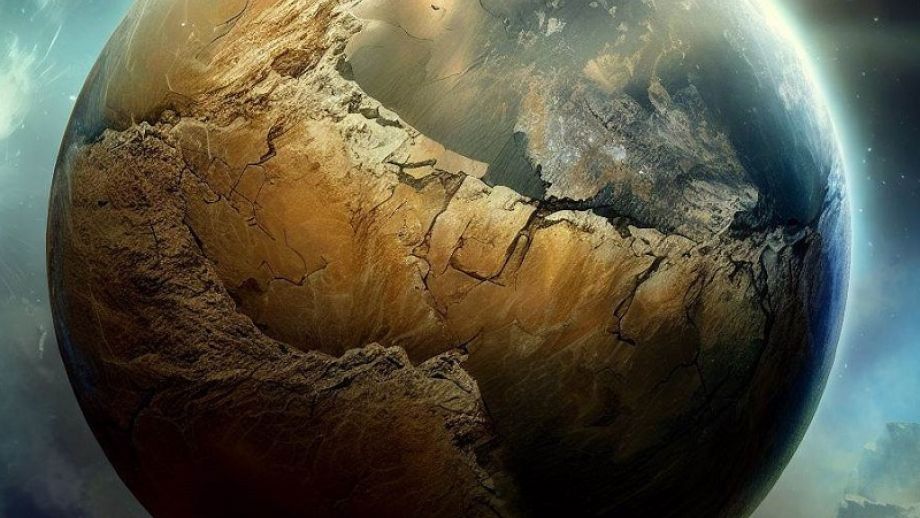
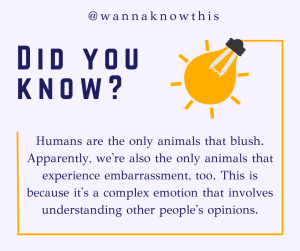
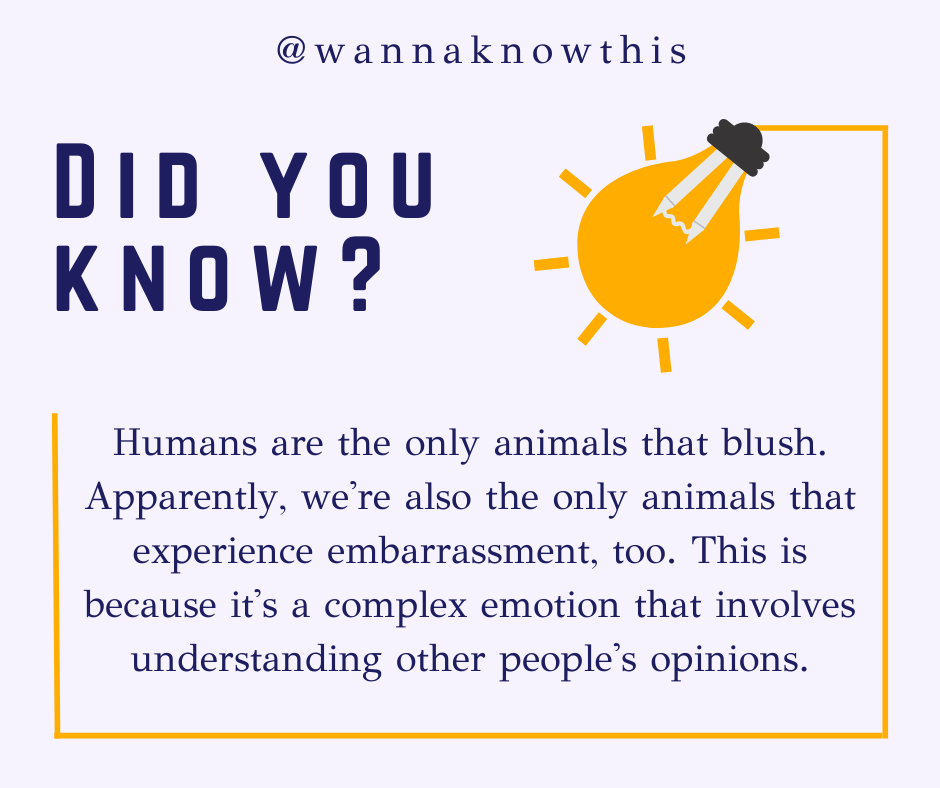








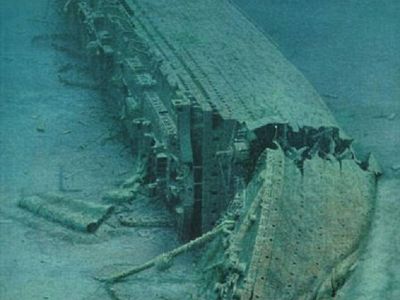
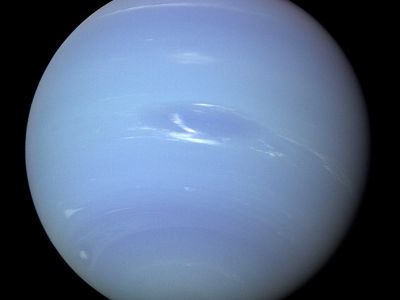
[…] a glimpse into Earth's primordial days Unveiling the Age of Our Planet Earth: An Eon-Long Powerful Journey The planet we call home, Earth, is a testament to the incredible wonders of the […]
[…] named after the Roman goddess of love and beauty, is often referred to as Earth‘s sister planet due to its similar size and composition. However, any resemblance ends there. […]